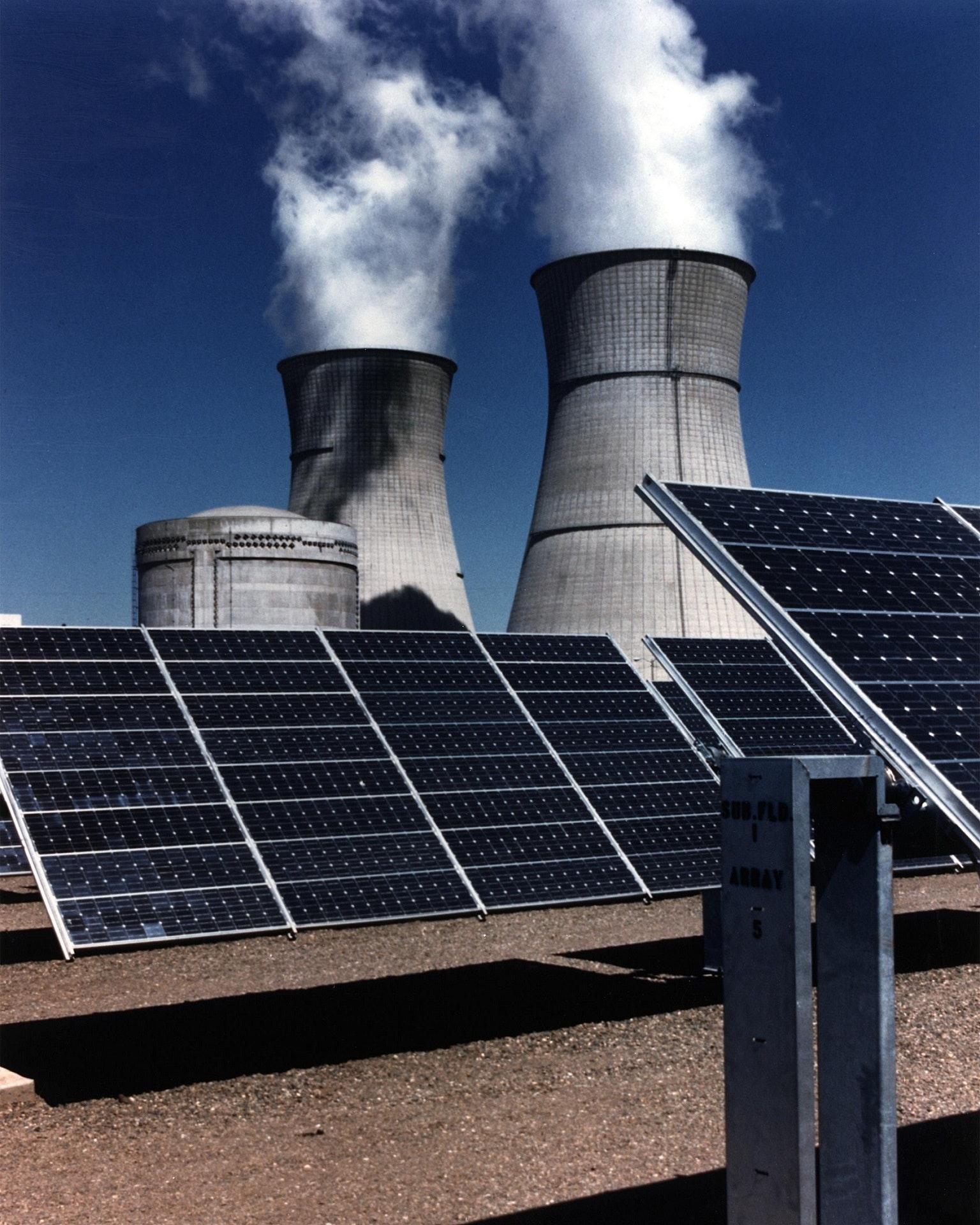The energy transition is underway but how long will it take? We discuss this and the different outcomes forecast by BP and Shell in their most recent energy transformation scenarios. As a follow-up to our last episode where we outline the bull case for continued ownership of oil and gas assets, in this episode we talk about the latest BP and Shell energy transition scenarios that were published in 2022. There is a wide range of potential outcomes but one thing is for certain, we will continue to rely on oil and gas for many decades to come
Be sure to also subscribe on Apple Podcasts via the link above and please leave us a rating and review. We read every one of them and sincerely appreciate any feedback you have. To ask us a question to be featured on an upcoming episode, please leave a comment below or send an email to feedback@mineralrightspodcast.com.
Common Themes Between Shell and BP Scenarios
- Energy efficiency will increase but energy consumption is still forecast to grow.
- Nuclear energy is just a footnote in both Shell and BP’s reports. I believe that nuclear energy will have to play a major role in any credible energy transition scenario. As Doomberg so eloquently puts it:
We often say that if nuclear energy were discovered today, it would be heralded as planet-saving technology to be invested in and propagated at warp speed. An intelligent global energy policy with nuclear power as a foundation can provide abundance to all humanity with minimal impact on the environment. Without hyperbole, there is no path to a decarbonized economy that avoids mass starvation and economic collapse without nuclear power, and the hardest opponents of the technology know it.
Doomberg, Malthusian Malarkey
- I think too much emphasis is being made on unreliable wind & solar while we don’t yet have affordable and scalable energy storage technology. I think Nuclear power will play a much larger role than these scenarios currently predict. The tide is turning as evidenced by Japan’s recent announcement that they will consider building next-generation nuclear power plants to curb emissions and ensure reliably supply of electricity.
- Japan is an important case study because it lacks significant domestic fossil fuel reserves except for coal and has to import oil and natural gas. Prior to the Fukushima nuclear disaster, they had relied on nuclear to meet 30% of electricity needs, after that all nuclear reactors were shut down for safety concerns. Currently only 10 out of 33 operable nuclear reactors in Japan are running.
- Will other countries without significant hydrocarbon reserves (e.g. Europe) come to the same conclusion? I think they will because you can’t deny physics and Nuclear power has the highest energy density.
Oil Demand
- Shell’s scenarios show global oil demand continuing to grow until around 2040 on the high end to remaining flat until 2030 before declining. In any case, they show that oil demand will likely remain near current levels for at least the next 30 years.
- They project global oil production rates at varying levels into the future depending on which scenario you look at but they note that “investment continues to be required to offset underlying decline”.
- Their middle of the road scenario called “Islands” has oil production continuing at current levels until around 2050.
- It is striking to note just how much oil production rates drop off if there are no further investments so even in an aggressive energy transition scenario, continued investment in oil production will be required for the next century or more.
Gas production
- BP had this to say about natural gas “Natural gas can potentially play two important roles as the world transitions to a low-carbon energy system: increasing the speed at which fast growing emerging economies reduce their dependency on coal, and providing a source of low-carbon energy when combined with carbon capture, use and storage (CCUS).”
- BP’s scenarios range from 35 to 60% lower than 2019 levels in their “Accelerated” and “Net Zero” scenarios however their third scenario called “New Momentum” they show global gas production continuing to grow in the 2030’s and 2040’s.
- Interesting note in the report is that due to the base decline rates in gas production “mean that even in “Net Zero”, significant amounts of new production are required.”
- In all three of BP’s scenarios, LNG exports from the US are forecast to increase significantly between now and 2050.
- Shell’s scenarios all forecast an increase in natural gas production over the next 30 years. Even their most aggressive net zero scenario has global natural gas production rates continue above current levels until the 2040’s.
- BP had this to say about natural gas “Natural gas can potentially play two important roles as the world transitions to a low-carbon energy system: increasing the speed at which fast growing emerging economies reduce their dependency on coal, and providing a source of low-carbon energy when combined with carbon capture, use and storage (CCUS).”
Renewables
Both Shell and BP’s scenarios forecast a significant increase and wind and solar energy supply up to around 20,000 GW of installed capacity by 2050 in their most aggressive scenarios. On the low end, BP forecasts around 10,000 GW in their “New Momentum” scenario and Shell forecasts around 6,300 GW in their “Islands” scenario. Both of those numbers are a significant increase from current levels with global renewable installations in 2021 at 226 GW.
So even the lowest forecast shows wind and solar capacity increasing by over 27x from current levels.
Other Energy Transition Themes:
- BP and Shell scenarios forecast an increase in biofuels to help offset some of the decline in oil and gas supply
- Carbon Capture Use and Storage is forecasted to play a key role in supporting the energy transition.
- Hydrogen use is also through of as another “low-carbon energy source”, especially green hydrogen. Green hydrogen is hydrogen that is created through electrolysis of water into Hydrogen and oxygen where the power source comes from wind or solar or other “green” sources of electricity.
- Natural storage of CO2 is forecast to play a large role. Natural storage of CO2 refers to forests, grasslands, and agricultural lands. It would be good to see regenerative farming make a comeback as a way to increase the sustainability of our agricultural system.
Resources Mentioned in This Episode
- BP Energy Outlook: Energy Outlook | Energy economics | Home
- Shell Scenarios: The Energy Transformation Scenarios | Shell Global , Summary report
- MRP 93: The Pros and Cons of Wind Energy and Leasing Land for a Wind Farm
- MRP 94: Leasing Land for a Solar Farm
- MRP 127: Justin Huhn and the Bull Case for Uranium
- MRP 99: Carbon Capture and Enhanced Oil Recovery
Thanks for Listening!
To share your thoughts:
- Leave a comment or question below (we read each one and your question may be featured in a future episode)!
- Ask a question or leave us feedback via email.
To help out the show:
Click the Apple Podcasts Logo Above to leave us a rating & review. It really helps us reach those that need to hear this information and only takes a minute. We greatly appreciate it! Plus, you can get a shout out on a future episode!
Thanks again – until next time!




